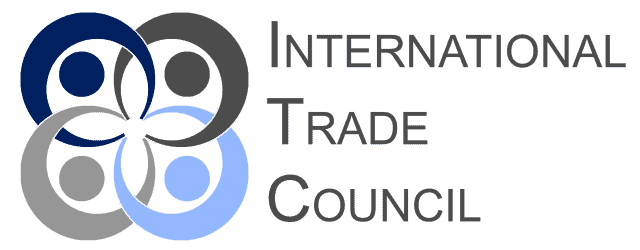
Japan’s regulatory and policy environment regarding supply-chain responsibility has, in recent years, evolved in ways that perhaps didn’t receive quite as much attention as comparable developments in the EU or US. But with the release of its Responsible Mineral Supply Chain Guidelines—which came into effect in April 2024—there is now clearer direction for companies, particularly in the electronics sector, on how to handle 3TG (tin, tungsten, tantalum, gold) mineral sourcing. These guidelines, while voluntary in the strictest sense, are already being treated by many leading Japanese manufacturers as de facto requirements. It’s a pragmatic choice, given the growing international scrutiny of mineral supply chains and the reputational and operational risks at stake.
One of the key expectations under these guidelines is that companies disclose their smelter lists and demonstrate reasonable efforts to validate the origin of their 3TG inputs. For major electronics OEMs, this isn’t exactly unfamiliar terrain—many have long engaged in due-diligence efforts of one kind or another. Yet the new guidelines press for more structured, and crucially, more transparent reporting. The emphasis on using open data where feasible reflects both a nod to global best practice and, perhaps, a recognition that many firms are already working with constrained compliance budgets.
So, what practical steps might procurement teams take? First, there’s the question of validating smelter lists. Publicly accessible customs data offers a starting point here. Japan’s own trade statistics, while aggregate in nature, can sometimes point to import patterns that warrant closer examination. More usefully, many firms are looking at open customs data from source countries—where such data exists—and comparing these records with supplier declarations. It’s not a perfect method, of course. Data gaps, inconsistent reporting standards, and, at times, simple human error can limit the utility of these records. Still, they provide an independent reference point—one that can help flag discrepancies or prompt follow-up questions.
Alongside customs data, NGO-produced conflict-minerals maps are proving an increasingly valuable resource. Several international civil-society groups maintain updated lists of high-risk mining regions and smelters that have not undergone credible third-party audits. Overlaying supplier smelter lists with these risk maps allows firms to quickly identify potential hotspots. This process isn’t meant to replace more formal third-party audit programs, but it can serve as an early-warning system of sorts. In practice, however, the reliability of these maps can vary, and some regions may be over- or underrepresented depending on data availability or reporting biases. It’s something to be aware of.
Integrating these checks into the procurement function itself is, naturally, another task altogether. Some companies have begun embedding smelter validation steps directly into their quarterly procurement reviews. There’s no universal template for this, but a basic workflow might look something like the following:
Start by requesting updated smelter lists from key suppliers as part of the quarterly supplier reporting cycle. Where feasible, this should be aligned with other routine data collection to minimize administrative overhead. Next, cross-reference these lists against NGO conflict-minerals maps and any relevant customs data. Discrepancies or red flags—say, a smelter located in a region flagged as high risk, or an importer that doesn’t match expected trade flows—should trigger a follow-up. This might mean requesting additional documentation from the supplier, or in some cases, commissioning a targeted audit. Finally, document these checks carefully. Even where no issues are identified, retaining evidence of the review process will be vital in demonstrating compliance with the guidelines, or indeed in responding to any future inquiries from customers or regulators.
A point worth noting—though perhaps obvious—is that no process of this kind will be foolproof. Supply chains for 3TG minerals remain complex and, in many respects, opaque. Information asymmetries, commercial sensitivities, and, occasionally, deliberate obfuscation all play a role. Procurement teams will need to exercise judgment in deciding where to focus limited resources. Some firms are prioritizing suppliers that represent the highest material volumes, others are focusing on smelters located in regions with elevated geopolitical or social risk. There’s no single correct approach, and priorities may shift as new information becomes available.
Some firms are also experimenting with ways to automate parts of this process. There’s growing interest in integrating open-data validation steps into existing enterprise resource planning (ERP) systems or supplier portals. The idea is to reduce manual effort while ensuring consistency. But, as with any technology-driven solution, there are trade-offs to consider—implementation cost, system complexity, and the risk of over-reliance on automated outputs without sufficient human oversight.
Finally, it’s worth reflecting that these guidelines, while national in origin, don’t exist in isolation. Japanese firms, especially those with global supply chains or customer bases, will increasingly need to align their practices not just with Japan’s standards, but with those of their key export markets. The Responsible Mineral Supply Chain Guidelines can be seen, in part, as Japan’s effort to position its industries in line with international expectations. But translating guidelines into practice is rarely straightforward. And how companies choose to navigate this evolving landscape will, no doubt, remain a topic of active discussion—both within boardrooms and among policymakers—for some time to come.
